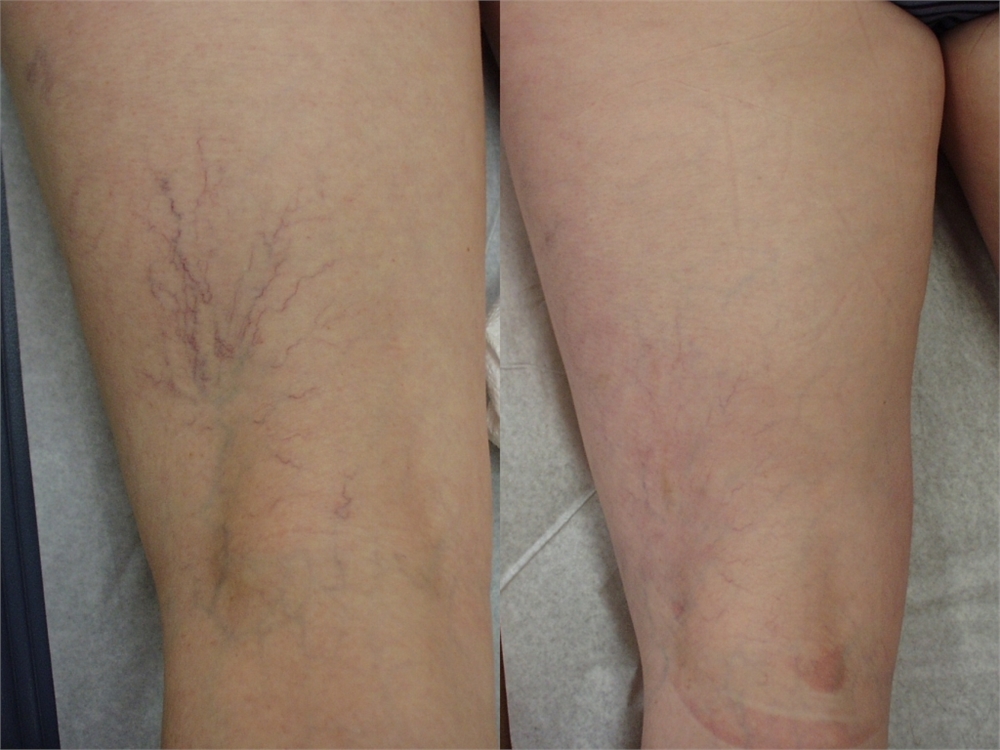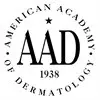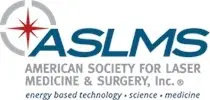Sclerotherapy in Washington, DC
Sclerotherapy Before and After Gallery *




Sclerotherapy Non-Surgical Spider Vein and Varicose Treatment
The Center for Laser Surgery is one of Washington’s leading centers for the non-surgical treatment of varicose veins and “spider” veins of the legs and provides the latest foam and ‘VeinLight’ guided techniques to assure treatment success. Our micro needle ‘almost painless’ injection methods are incredibly successful in the treatment of unsightly and unwanted veins.
Sclerotherapy has been used for the past sixty years and involves the injection of small amounts of solutions (saline, sotradecol, iodine) into veins in an attempt to cause their closure. Very thin gauge needles are used and little discomfort is associated with the procedure. Depending on vessel color (pink, red or blue) and vessel size, varying response is noted, however in the correct hands most treated areas see full correction after one treatment.
Certain vessels may not respond to sclerotherapy and can usually be treated using one of our six unique leg vein lasers. Sclerotherapy treatment can provide a pleasing cosmetic outcome and may also be associated with improvement of lower extremity circulation.
How Does Sclerotherapy Work?
A very small needle is used to inject a sclerosing foams into varicose or “spider” veins. We utilize FDA approved Asclera Polidocanol solution for Sclerotherapy at our facility. Different strengths of sclerosing foam are used based on the size of the vessel. To minimize the amount of individual injections, an attempt to locate the ‘feeder’ vessel will be made, and if located correctly large areas of visible veins can be treated with closure of a single feeding vessel. Once injected the cells that line the vein wall (endothelium) will become irritated, inflamed and damaged. External compression is applied using Ace wraps and/or support hose after the treatment. The compression causes the vein walls to seal together and the vein no longer can transport blood. Your body break down and absorb the damaged vein over time. When healing is complete the vein is no longer visible. Superficial “spider” veins do not have any useful function and eliminating them will not affect your circulation. Reducing or eliminating spider and varicose veins can actually improve your circulation and alleviate symptoms of heaviness, aching and fatigue.
How Many Treatments Are Needed?
The number of treatments needed varies from patient to patient depending on the type, size and number of veins to be treated. Some varicose veins and occasionally “spider” vein treatment may require multiple injection sessions for full clearance. Subsequent treatments are usually scheduled every four to six weeks to allow time for the body to respond to the treatment. It is important to realize that the best results require patience. It takes time for your body to respond to the injections. It is important to follow the post-treatment instructions to optimize your results. Your body will continue to heal and “fade” injection sites for months after treatment. After your initial screening exam your provider will give you an estimate as to the number of treatments that may be required. This is based on our assessment, your history and expectations. You may end up needing fewer or more treatments than were estimated. It is important to discuss your expected outcomes with Dr. Adrian and to keep them realistic. Dr. Adrian will do everything possible to meet or exceed your expectations.
Sclerotherapy Treatment Progression
What to Expect
Photographs will be taken before treatment is initiated. This helps to monitor your progress. Your legs will look worse before they look better. After the vein is damaged the body needs time to heal. Most people will notice a significant improvement approximately four weeks after their initial treatment. Maximal improvement often takes several months and several treatments. There is no guarantee sclerotherapy will be effective in every case. Some veins will need to be retreated. Recurrence of the treated vein rarely occurs with proper injection technique and compliance with post treatment instructions. New varicose veins or “spider” veins may form requiring subsequent treatment. Periodic reevaluations are encouraged so that any new veins that develop can be injected before they become too large or too numerous.
Common Side Effects of Sclerotherapy
Itching – You may experience itching around the area injected. If this occurs, it is usually mild and lasts from a few hours up to 24 hours.
Hyperpigmentation – A light brown discoloration of the skin may develop along the vein in the area injected. Approximately 20% of patients who are treated note the discoloration, which is most often lighter and less obvious than the vein being treated. The hyperpigmentation usually fades in a couple of weeks, but may take several months to a year to totally resolve. There is 1% incidence of hyperpigmentation continuing after one year.
A small amount of blood may become trapped and hardened in the vein when injecting varicose veins or some “spider” vein complexes. This may feel like a knot or cord and it may look dark blue or bruised. This is a common occurrence. You may need to return before your next treatment so that this area can be drained to remove the trapped blood. This will reduce the hyperpigmentation that can occur. The chance of this occurring can be decreased with proper use of compression hose after your treatment.
Telangiectatic Matting – The formation of new, fine “spider” veins in the area injected occurs in approximately 5% of patients injected. The exact reason for this occurring is unknown. If untreated, the matting usually resolves in three to twelve months, but very rarely it can be permanent. If the matting does not fade it can be re-injected or treated with a laser. In some instances, matting may persist.
Pain – It is normal to have some minor tenderness at the injected site. Injection of the sclerosing agent itself is almost painless and usually well tolerated by most patients. Acetaminophen (Tylenol) can be used if needed, according to product directions.
Bruising – Bruising may occur at the injection site. Bruising may be minimized by avoiding Aspirin and Ibuprofen products for seven days before and after each treatment session.
Rare Side Effects
Ulceration at Injection Site – Very rarely a small ulcer will occur at the site where the vein is injected. An ulcer can take four to six weeks to completely heal. A small scar may result.
Allergic Reaction – There is a very rare incidence of an allergic reaction to the solution injected. You will be observed for such reactions and will be treated appropriately should it occur. Please inform us of any allergic history.
Pulmonary Embolus / Deep Vein Thrombosis – A blood clot to the lungs or a blood clot in the deep vein. In the medical literature there is an extraordinarily low incidence of this complication. This is not seen as a complication when treating superficial veins.
Alternatives to Sclerotherapy
You may choose no therapy. The existing varicose and “spider” veins may progress and new veins may form. You should be re-evaluated periodically to monitor your condition for changes.
You may choose to only wear compression support hose (if this is an appropriate treatment for your problem). Compression hose promote venous blood return to the heart. If support hose are worn faithfully symptoms such as aching, heaviness and tiredness are often alleviated.





